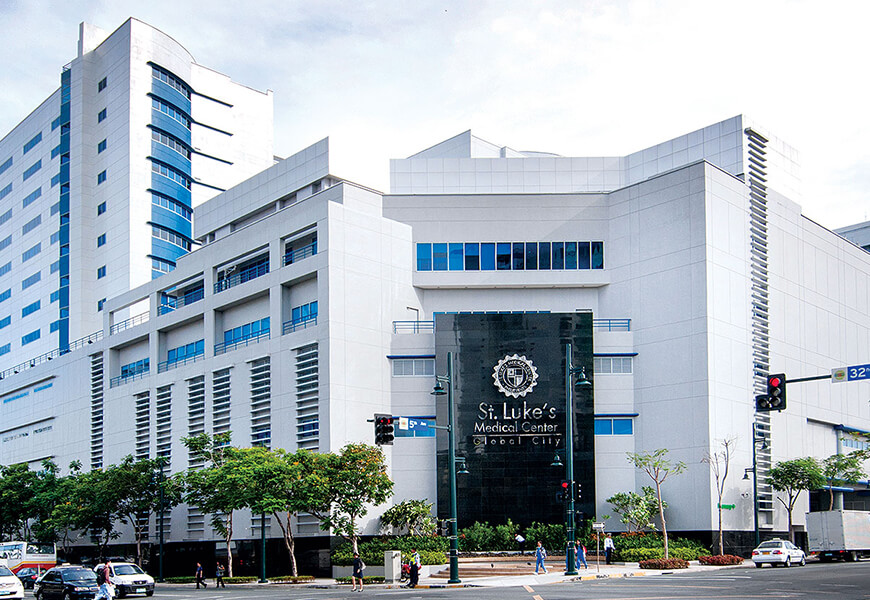
St. Luke's Medical Center College of Medicine
St. Luke’s Medical Center College of Medicine – William H. Quasha Memorial (SLMCCM-WHQM) is one of the 58 medical schools in the Philippines. It was established in 1994 as the medical school of St. Luke’s Medical Center (established in 1903). The college offers a 5-year curriculum leading to the Doctor of Medicine (MD) degree, including a one-year internship program at the Medical Center. SLCM-WHQM is accredited by the Commission on Higher Education.
The College of Medicine building, standing 14 stories tall and completed in June 1997, boasts air-conditioned classrooms and conference/lecture halls equipped with audio-visual devices. It houses 5 basic science laboratories, a Skills-Training Laboratory, Behavioral Science Laboratory, and a simulated Operating Room. The library is specifically designed to promote comfortable learning, featuring a computer section with internet facilities alongside WiFi access. At the Penthouse, there is an Auditorium serving as a venue for large student and faculty conferences, as well as Medical Center events. Access to all floors is made convenient with three elevators.
Apply Now Download Brochure







